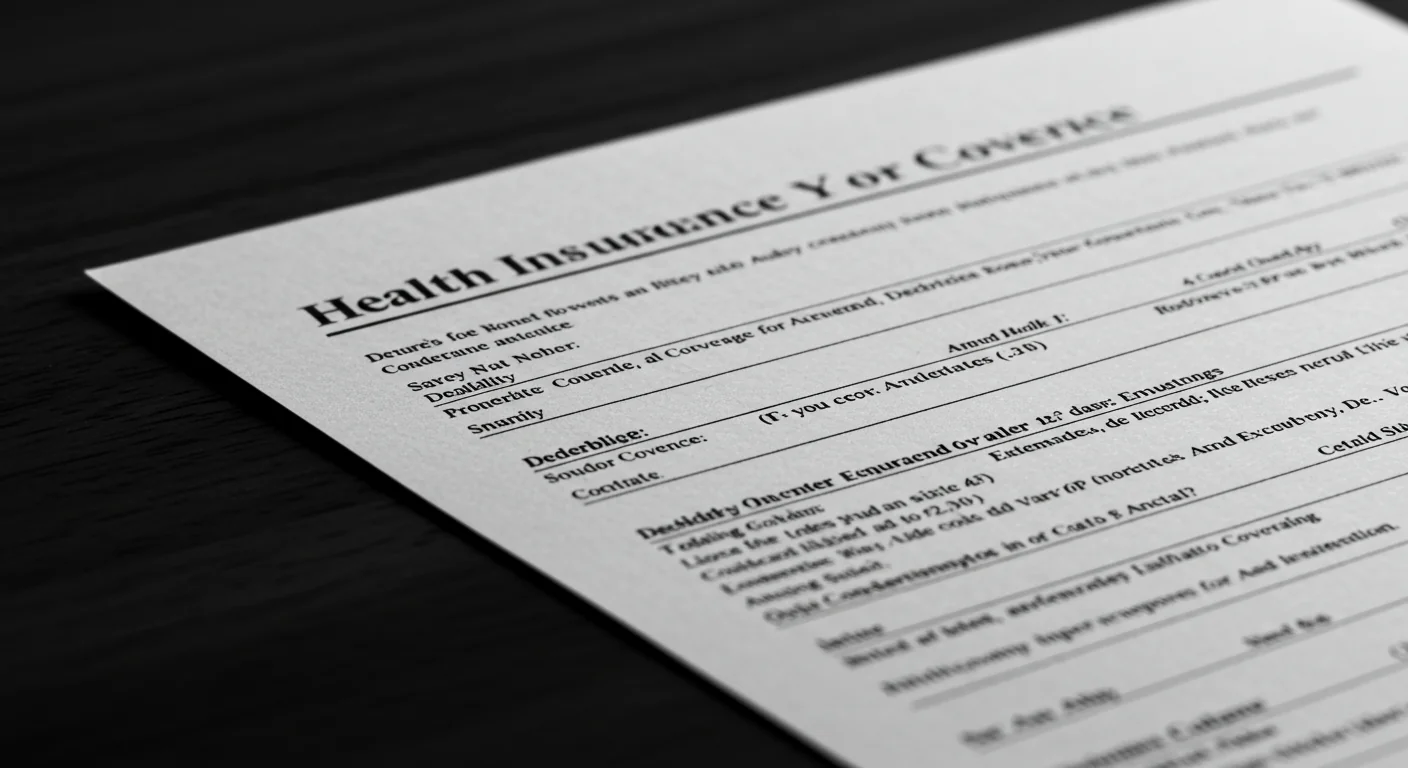In a world buzzing with distractions, centrabation emerges as the unsung hero of focus. Imagine a technique that turns the chaos of daily life into a symphony of productivity. It’s not just a quirky buzzword—it’s a game changer that promises to sharpen your concentration and boost your efficiency.
Picture this: you’re juggling emails, social media, and that ever-growing to-do list. Now, what if you could hit the pause button and channel your energy into one task at a time? That’s the magic of centrabation. This approach isn’t just about getting things done; it’s about mastering the art of singular focus in a multitasking world. So, buckle up and prepare to dive into the delightful realm of centrabation, where concentration meets creativity and productivity reigns supreme.
Table of Contents
ToggleOverview of Centrabation
Centrabation serves as a technique designed to improve focus and productivity amidst distractions. Emphasizing single-tasking, this method encourages individuals to concentrate on one responsibility at a time. Multitasking often leads to decreased efficiency, making centrabation a transformative approach for those overwhelmed by various commitments.
Practicing centrabation helps individuals manage their daily activities more effectively. Focus becomes sharp, enabling users to commit fully to each task. As concentration increases, the quality of work improves significantly, resulting in enhanced creativity and output.
Scientific studies support the benefits of centrabation. Research indicates that people who practice single-tasking demonstrate higher levels of productivity. Studies show that focusing on one task results in a 20% increase in overall efficiency compared to multitasking.
Implementing centrabation requires commitment and routine adjustments. Establishing a dedicated workspace minimizes distractions. Setting specific time blocks for tasks promotes an environment conducive to focused work.
No modern life is devoid of distractions. Centrabation acts as a toolkit to reclaim focus in chaotic settings. Prioritizing tasks becomes second nature, allowing room for creativity to flourish. Ultimately, this technique unlocks a pathway toward greater personal and professional accomplishment.
The Science Behind Centrabation

Centrabation operates on principles rooted in cognitive psychology and neuroscience. Focus on a single task enhances mental clarity, which enables improved information processing. The brain’s prefrontal cortex plays a critical role in this, as it manages attention and decision-making processes. Concentrating on one activity reduces cognitive overload, allowing deeper engagement and better retention of information.
Mechanism of Action
Centrabation activates specific neural pathways associated with sustained attention. By prioritizing a single task, individuals experience fewer distractions. Increased dopamine release occurs when focus improves, which enhances motivation and gratification linked to completing tasks. Additionally, the brain establishes stronger synaptic connections related to the engaged task, reinforcing learning and creativity.
Benefits and Effects
Practicing centrabation boosts overall productivity by an estimated 20%. This technique improves work quality and fosters creativity through heightened focus. Emotional well-being benefits from reduced stress levels, creating a more balanced approach to daily tasks. By embracing single-tasking, individuals find a clearer sense of accomplishment, which leads to greater satisfaction and motivation. Task prioritization becomes more intuitive, improving performance in both personal and professional spheres.
Applications of Centrabation
Centrabation finds various applications across therapeutic and recreational domains. Each context showcases its effectiveness in enhancing focus and productivity.
Therapeutic Uses
Centrabation serves as a powerful tool in therapeutic settings. Therapists encourage clients to practice single-tasking during sessions to reduce anxiety and improve focus. Clients report better stress management and heightened emotional resilience when engaging fully with their therapeutic activities. Some studies suggest that those who employ centrabation techniques experience a 25% improvement in managing symptoms of depression and anxiety. Techniques like mindfulness-based centrabation also enhance the therapeutic experience, allowing individuals to delve deeper into their emotions and thoughts. Overall, this approach promotes a sense of calm and clarity that supports mental health.
Recreational Uses
Centrabation also enhances recreational activities. Hobbies such as painting or playing a musical instrument benefit greatly from focused engagement. Participants often find that dedicating uninterrupted time to their interests fosters creativity and satisfaction. Many artists claim that using centrabation increases their output significantly. Engaging fully in a recreational activity provides a mental break from daily stressors and cultivates a space for joy and exploration. Individuals practicing centrabation in leisure report feeling more fulfilled and connected to their artistic expressions. These applications highlight centrabation’s versatility in both personal and therapeutic realms.
Controversies Surrounding Centrabation
Centrabation, while widely praised for its benefits, faces several controversies regarding its efficacy and practicality. Critics often argue that the emphasis on single-tasking overlooks the reality of multitasking in modern work environments. Many professionals juggle multiple responsibilities simultaneously, and they feel that strict adherence to centrabation may hinder their ability to remain flexible and responsive.
Skeptics also raise concerns about the adaptability of centrabation in various settings. In fast-paced workplaces where rapid decision-making is crucial, the claim of a 20% efficiency increase from single-tasking appears unrealistic to some. They question whether the focus on one task can sustain productivity when immediate responses are often necessary.
Moreover, some studies suggest that not all cognitive tasks benefit equally from centrabation. Certain activities may inherently require a degree of multitasking, such as managing emails while participating in meetings. This reality prompts discussions about whether the strict applications of centrabation may limit effectiveness in such scenarios.
Emotional responses to centrabation also generate debate. While many experience reduced stress and increased motivation, others might feel pressured by the expectations to focus solely on one task. This pressure could potentially lead to anxiety rather than alleviate it.
Research evidence supporting centrabation’s effectiveness is still emerging. Ongoing investigations continue to examine the long-term impacts of this technique on productivity and mental health. As more data becomes available, understanding centrabation’s potential benefits and limitations can lead to better implementation strategies for diverse contexts.
Centrabation offers a transformative approach to productivity and focus. By prioritizing single-tasking, individuals can navigate their daily responsibilities with greater clarity and effectiveness. This technique not only enhances work quality but also fosters creativity and emotional well-being.
As more people embrace centrabation, they may discover its profound impact on their personal and professional lives. While challenges and criticisms exist, the potential benefits make centrabation a valuable tool in today’s distraction-filled environment. Adopting this method can lead to a more fulfilling and productive experience.



